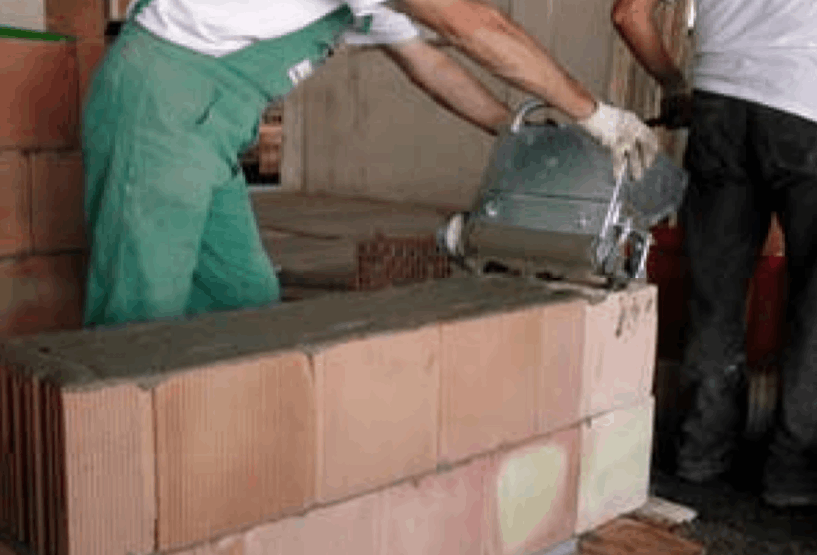F.da Porto, E. Garbin, C. Modena, M.R. Valluzzi
Dept. of Structural and Transportation Eng., University of Padova, Via Marzolo 9, 35131 Padova, Italy daporto@dic.unipd.it
ABSTRACT
New technologies for the construction of reinforced and unreinforced masonry buildings, based on the production of new blocks, are being employed and developed and are recognized by the modern generation of codes. While the use of reinforced masonry is accepted and has been purposely developed for buildings located in seismic areas, the use of unreinforced masonry, due to its low tensile strength and low ductility, is limited both by the European and the National Codes.
In Italy, the construction of load bearing masonry made with thin layer mortar and units with small dimensional tolerance in height has been recently introduced. In order to get all the necessary information about its mechanical properties and to assess its behaviour under seismic action, an experimental program has recently been carried out at the University of Padua. Fiftyone specimens were characterized by means of uniaxial and diagonal compression tests and by means of shear compression tests. The tests were performed with different values of the shear ratio on the vertical load level, with repeated load cycles at each displacement level. A comparative study was carried out on masonry made with ordinary joints and general-purpose mortar. Further tests were carried out to characterize the behaviour of the interface between units and mortar and the material properties, in order to get all the relevant data for the subsequent modelling.
KEYWORDS: thin layer mortar; in-plane cyclic tests.
6b-1



